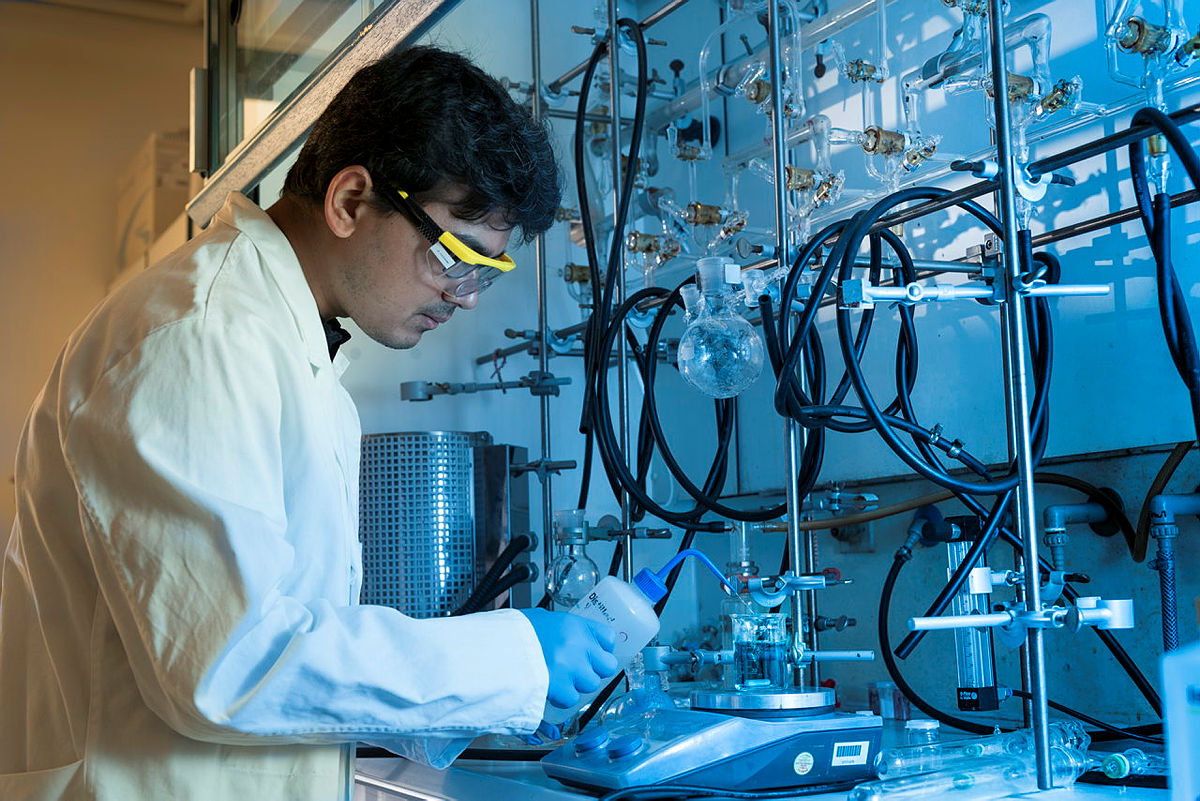Current research groups
We are active in the following research areas of food processing technology and related fields. We carry out basic research as well as application-oriented solutions in cooperation with partners from industry. If you have any questions regarding the individual research areas, please contact the respective contact person.
Interfacial functionality of pectin-based biopolymers
Our research is motivated by the chance to create emulsions with specific morphology, stability and release properties only by using natural biopolymers as additives. We develop analytical tools to understand and investigate stabilization mechanisms of pectin-based biopolymers and micro-gel particles on a fundamental level. We use this knowledge to propose molecular modifications within relevant legislation frameworks to create food-grade ingredients with targeted texturizing, stabilzation and encapsulation functionality.
Encapsulation engineering in life sciences
The research group aims to optimize the encapsulation of oil phases using various processes. The focus here is on emulsification technology. The aim is to understand the effects of process control on the structure and end product properties and thus enable improved products. The target applications are mainly in the food and life science sectors.
Processes for sustainable food production and food security
The research group works with various processes for preserving food, in particular drying and freezing processes. The research projects center on optimizing the process characteristics with regard to the reduction of resource consumption (raw materials, water, energy…). The focus is on food preservation processes because shelf-stable products make a major contribution to resource conservation (water consumption, CO2 eq. emissions), due to reduced losses during transportation and storage. During process optimization, desired product properties must be retained or, ideally, could be selectively determined. The design of product properties is therefore another focus of research. Product properties (shelf life, sensory properties, redispersibility...) are generally conditioned by the microstructure of the products, such as particle size distribution or porosity. These microstructures can, in turn, be influenced—and thus controlled—with the manufacturing process. These relationships are also referred to as property-process functions.
Former research groups
In the long history of the LVT there have been other research topics, which we have worked on before, but that are not a current focus of our research groups.
Emulsion structure design by processing
Our research is motivated by an improved understanding of the impact of processing on structure and performance of disperse fluid products. Aspects of sustainability and product quality drive process innovation that we propose. Applications are mainly in the food and life science related field.
Extrusion of biopolymeric materials
In our research group, we work on developing an approach and tools which may practically enable the food research to analyze the extrusion processing at a mechanistic level and characterize the decisive process parameters crucial for complex food design and scale-up purposes.


